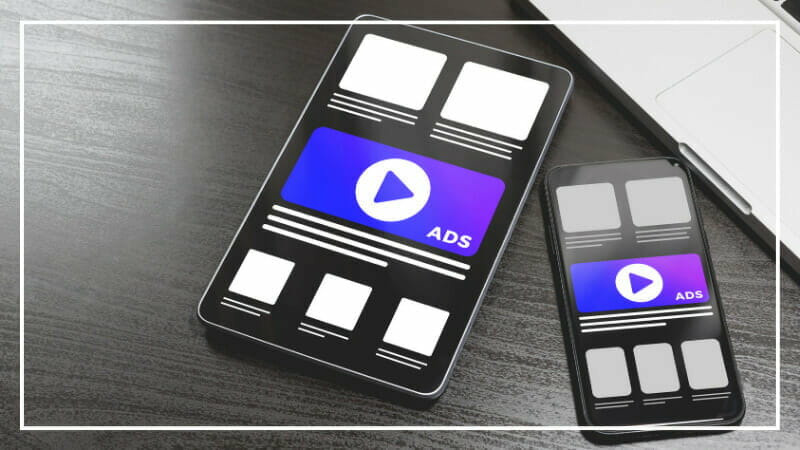Facebook is one of the most popular social media websites of all time, providing ample advertising opportunities for your brand.
Everyone and their mother uses the website, and sharing posts is highly encouraged.
But are you taking full advantage of the available resources? Is your brand reaching everyone you need to reach?
Here are seven ways to improve your Facebook advertising and reach your marketing objective.
1. Strategize Your Facebook Advertising
When starting on any endeavor, one of the most important steps is creating a worthwhile plan.
You need to decide who you’re trying to reach, how they use the website, what their interests are, and how much to invest.
Facebook gathers information like this through a tool called Audience Insights that lets you choose your audience based on any combination of classifications, such as location and hobbies.
You should also consider sending ads through Facebook Messenger, which can take the form of sponsored ads, click to message ads, and home screen messenger ads.
2. Choose a Target
Over 1.7 billion people use Facebook monthly, with over 1 billion using it on their mobile devices.
With those kinds of numbers, not only should you be creating ads for mobile viewing, but they should target the users who are on their mobile devices the most.
Precision targeting on Facebook lets you go a step further.
As previously mentioned, brands have access to information on users who fall into various categories, some of which will be your targets of choice.
You could use that information to advertise to potential clients such as parents, locals, people with multiple credit cards, as well as specifically men.
However, don’t get too specific, or you could limit the scope of your campaign.
Even after your campaign has launched, you’ll want to go back in and monitor your ROI.
If the numbers are too low, consider retargeting using Facebook pixel to resend ads to visitors you didn’t convert.
3. Structure Your Campaign
Facebook allows you to choose between 11 different types of campaign options, all of which fall under three categories: awareness, consideration, and conversion.
Under awareness, you have brand awareness and reach.
The goal here is to simply raise awareness of your product or service.
For consideration, your options are traffic, engagement, app installs, video views, lead generation, and messages.
Here, the drive is for people to seek out more information about your business.
With conversion, you can choose between conversions, catalog sales, and store traffic.
These objectives actually encourage people to buy your products or use your services.
When you first begin your campaign, you’ll need to consider what your business’s goals are.
As your business grows, those goals will likely change, pulling you from building awareness towards making conversions.
4. Design Your Ad
Your ads are going to look different depending on where they’re viewed.
However, a well-designed advertisement will carry with it the same attitude and design philosophy regardless of the screen size.
Facebook will also require ads to be in a banner format to fit their news feeds, meaning you can’t take the same design with you across social media platforms.
Another thing to consider is the type of ad you use.
Video ads tend to do better on Facebook because of the autoplay feature in addition to the creativity and different qualities that go into the video.
But don’t worry about putting too much time and effort into a video ad.
As long as it’s over two seconds long, Facebook will run it.
5. Track Metrics
An important task in any campaign is tracking your advertisements’ metrics.
Although ads on Facebook run on their own, the built-in Ads Manager lets you manage your progress.
Turn off any campaigns that aren’t generating the results you’re looking for.
Though, keep in mind that a new campaign can take at least a week for Facebook’s algorithm to show it to the right people, but over three months to really see if it’s working as intended.
Facebook Pixel is another way to monitor visitors to your site.
Simply embed it on your website, and you can use the data it gathers to create custom audiences and adjust your campaign.
6. Leverage Influencers
Another thing to keep in mind when working on your ad campaign is repurposing material created by your influencer network.
Any content created by your brand will appear promotional because it is.
With influencers, you’re paying them to use their following and creativity to reach out to an audience your brand might otherwise struggle with.
It’s not uncommon for marketers to repurpose content created by influencers and publish it on their own social media channels.
The content benefits your brand by being entertaining and informative, and it benefits the creator by introducing their own brand to your potential clients.
However, always get permission first.
7. Whitelist Facebook Pages
Another way to utilize your influencers is to post ads to their social media pages, rather than posting their content onto your page.
The reason you’ll want to take advantage of whitelisting is the same reason you use influencers at all.
They draw much more attention than your brand does and likely have a target audience you’re interested in.
Whitelisting also allows your brand more control over your influencer’s content, such as filtering anything that can harm your reputation.
Obviously, this requires significant trust on both your parts but in the end can help both parties expand and generate new interest.
Improve Your eCommerce Revenue
Whether you’re a newer brand looking to get a footing on social media or a bigger brand improving your online presence, Facebook advertising provides ample opportunity.
It may seem challenging at first, but Facebook provides plenty of options for monitoring your progress and connecting with influencers who can help sell your product.
When we go into business with you, it’s a partnership.
We’ll work hand in hand with you to reach your audience on both Facebook and Snapchat.
Reach out to us today and one of our specialists will answer any questions you have.



1 thought on “7 Highly Effective Ways to Optimize Your Facebook Advertising”